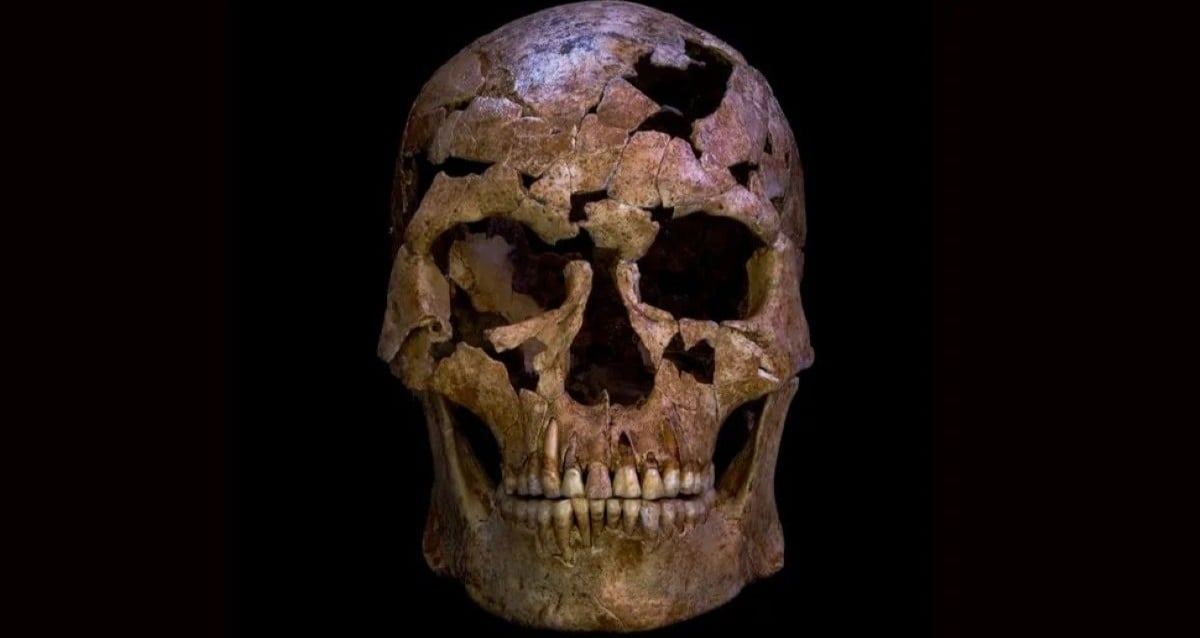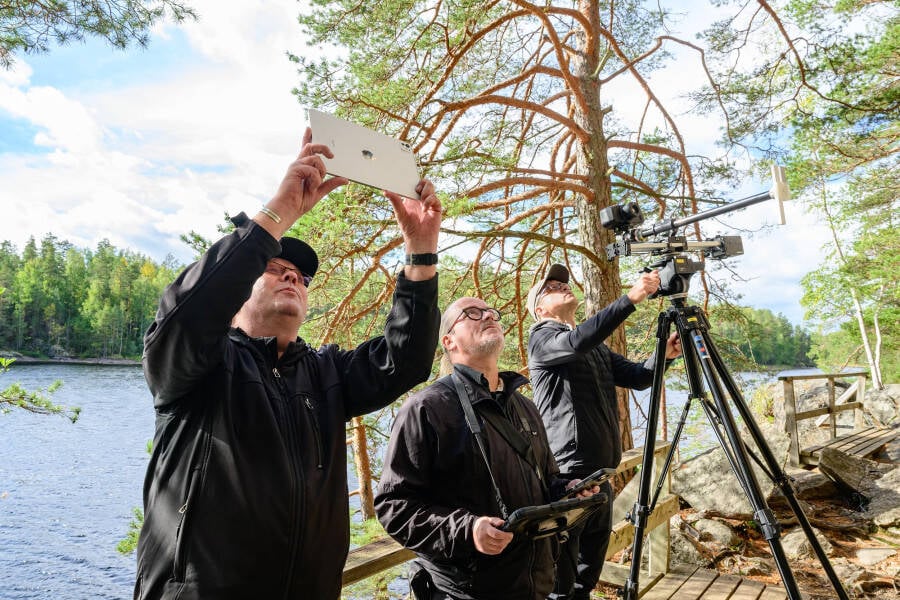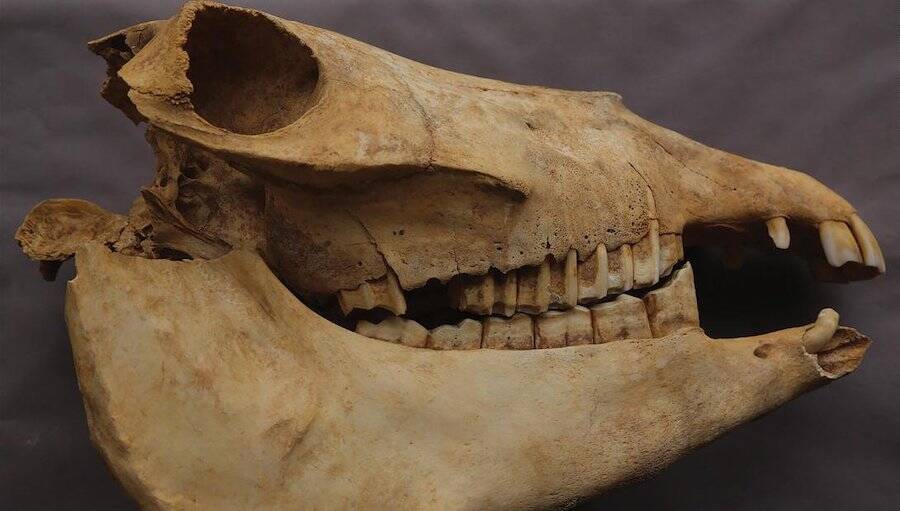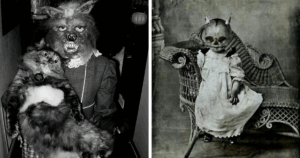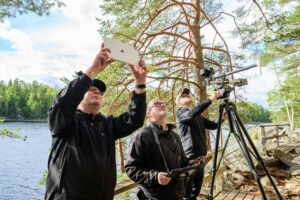Ancient Vietnamese Quartz Arrow Uncovers Shocking Prehistoric Murder Mystery
So, picture this: 12,000 years ago, a dude in Vietnam found himself on the wrong end of a quartz-tipped arrow—not exactly your everyday prehistoric mishap. Now, archaeologists poking around the Thung Binh 1 cave stumbled upon his remarkably intact skeleton, and guess what? This might just be one of the oldest “you’re dead to me” moments in human history. But here’s the kicker—the poor guy didn’t kick the bucket immediately; oh no, he limped along, likely tormented by an infected wound for months before finally meeting his maker. Was it a savage act of early neighborly dispute or a tragic accident? The mystery lingers. And honestly, it’s fascinating (and a bit grim) to think that interpersonal drama—and likely a whole lot of pain—have been human constants for millennia. Fancy a deep dive into this ancient whodunit?
Researchers exploring Vietnam’s Thung Binh 1 cave have uncovered evidence of what may be one of the oldest-known homicides in human history.

Christopher M. Stimpson et al.A reconstruction of the skull belonging to the man who died in Vietnam due to an infected wound from a quartz arrow 12,000 years ago.
In 2018, archaeologists exploring a cave in Vietnam found a well-preserved prehistoric skeleton that could belong to one of the oldest-known homicide victims in human history.
New analysis of the 12,000-year-old remains shows that the man was shot by an unusual quartz arrow and that he likely didn’t die immediately afterward. Researchers believe that the man survived the initial blow, but eventually died after the wound became infected.
If the injury was not the result of an accident, this could be the earliest example of interpersonal violence ever uncovered in the region.
The Macabre Discovery Of The TBH1 Skeleton Inside Vietnam’s Thung Binh 1 Cave

Christopher M. Stimpson et al.Diagram showing the man’s broken rib.
At least 12,000 years ago, during the late Pleistocene epoch, this 35-year-old man was struck with an arrowhead made of quartz. But that wasn’t the end of his story. A new analysis of his skeleton published in the Proceedings of the Royal Society B, shows that the man, dubbed TBH1, likely lived for several months after being hit by the arrow.
TBH1 was first uncovered in 2018 in the Thung Binh 1 cave in the Tràng An Landscape Complex in northern Vietnam. The man had been buried in the fetal position with his hands covering his face.
Initial analysis of the body suggested that he was in relatively good health when he died. However, researchers eventually began to notice that there was more to the story.
The first strange thing that researchers found was that the man had an extra rib, a congenital anomaly found in only about 0.2% to 1% of people. The extra rib was near the man’s neck — and it appeared to be fractured.
But that wasn’t all. The rib also showed signs that it had been infected. There was even a gap in the bone where pus would’ve drained. This led scientists to conclude that the man probably died due to infection.
A triangular quartz flake was then found near the fractured rib bone. It was 0.72 inches long and showed evidence that it had been notched, much like an arrowhead or dart tip.
“The point is especially intriguing,” said study co-author Benjamin Utting in a statement from the Natural History Museum. “It doesn’t match any other stone tools from Thung Bunh 1 or nearby sites, raising questions about who made it and where it came from.”
Homicide Or Accident? The Story Behind This 12,000-Year-Old Skeleton

Christopher M. Stimpson et al.The skeleton of TBH1.
The unique arrowhead, combined with the infected rib, has led researchers to conclude that the man likely died anywhere between several weeks to several months after being shot by the arrow.
Researchers also believe it’s possible the man suffered these injuries as a result of an interpersonal conflict, perhaps with someone from outside the area, given the fact that the quartz arrowhead would have been exotic for this region.
If there was indeed a clash between this man and someone else, this would be the oldest-known example of interpersonal violence in the region by several millennia. But not everyone is so convinced.
“This is an exciting new report from a time and place in which we have very few well-preserved skeletons to study,” Michael Rivera, a bioarchaeologist who was not associated with the study, told Live Science. “This quartz projectile could have been the culprit leading to an infected rib, but whether or not this was an act of violence or an accidental injury is difficult to assess, in my opinion.”
Rivera also suspects that the man would’ve been cared for by his community after developing his injuries and the subsequent infection, before then being given a proper burial.
Forensic anthropologist Dr. Alex Wilshaw agrees, and furthermore told Liverpool John Moores University that, “The injury and infection would have been debilitating and he would have been in an incredible amount of pain for a long time before his eventual death.”
